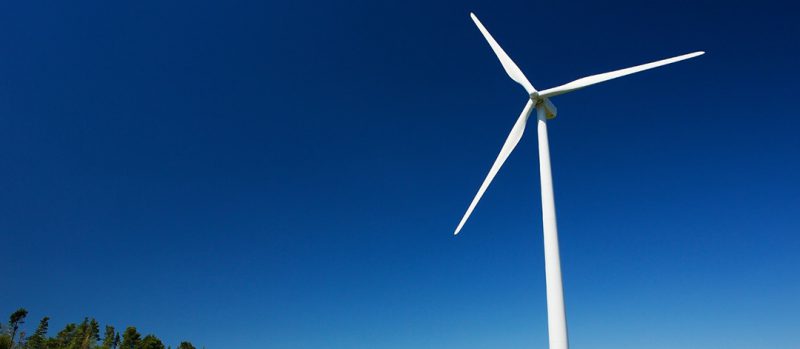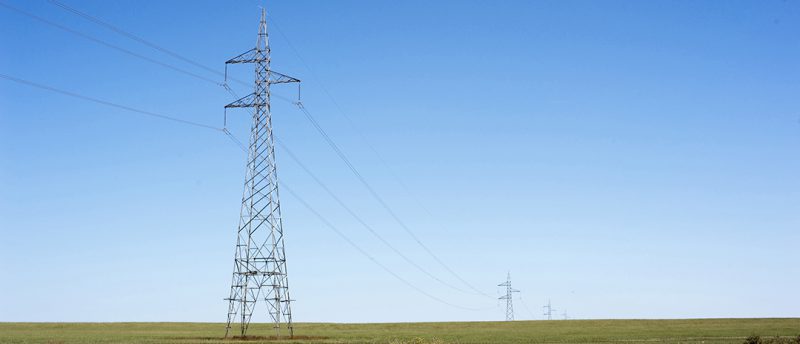Advantages of Composites

Table of contents
Light Weight:
Composites are light in weight, compared to most woods and metals. Their lightness is important in automobiles and aircraft, for example, where less weight means better fuel efficiency (more miles to the gallon). People who design airplanes are greatly concerned with weight, since reducing a craft’s weight reduces the amount of fuel it needs and increases the speeds it can reach. Some modern airplanes are built with more composites than metal including the new Boeing 787, Dreamliner.
High Strength:
Composites can be designed to be far stronger than aluminum or steel. Metals are equally strong in all directions. But composites can be engineered and designed to be strong in a specific direction.
Strength Related to Weight:
Strength-to-weight ratio is a material’s strength in relation to how much it weighs. Some materials are very strong and heavy, such as steel. Other materials can be strong and light, such as bamboo poles. Composite materials can be designed to be both strong and light. This property is why composites are used to build airplanes—which need a very high strength material at the lowest possible weight.
A composite can be made to resist bending in one direction, for example. When something is built with metal, and greater strength is needed in one direction, the material usually must be made thicker, which adds weight. Composites can be strong without being heavy. Composites have the highest strength-to-weight ratios in structures today.

Corrosion Resistance:
Composites resist damage from the weather and from harsh chemicals that can eat away at other materials. Composites are good choices where chemicals are handled or stored. Outdoors, they stand up to severe weather and wide changes in temperature.
High-Impact Strength:
Composites can be made to absorb impacts—the sudden force of a bullet, for instance, or the blast from an explosion. Because of this property, composites are used in bulletproof vests and panels, and to shield airplanes, buildings, and military vehicles from explosions.
Design Flexibility:
Composites can be molded into complicated shapes more easily than most other materials. This gives designers the freedom to create almost any shape or form.
Most recreational boats today, for example, are built from fiberglass composites because these materials can easily be molded into complex shapes, which improve boat design while lowering costs. The surface of composites can also be molded to mimic any surface finish or texture, from smooth to pebbly.
Part Consolidation:
A single piece made of composite materials can replace an entire assembly of metal parts. Reducing the number of parts in a machine or a structure saves time and cuts down on the maintenance needed over the life of the item.
Dimensional Stability:
Composites retain their shape and size when they are hot or cool, wet or dry. Wood, on the other hand, swells and shrinks as the humidity changes. Composites can be a better choice in situations demanding tight fits that do not vary. They are used in aircraft wings, for example, so that the wing shape and size do not change as the plane gains or loses altitude.
Nonconductive:
Composites are nonconductive, meaning they do not conduct electricity. This property makes them suitable for such items as electrical utility poles and the circuit boards in electronics. If electrical conductivity is needed, it is possible to make some composites conductive.

Nonmagnetic:
Composites contain no metals; therefore, they are not magnetic. They can be used around sensitive electronic equipment. The lack of magnetic interference allows large magnets used in MRI (magnetic resonance imaging) equipment to perform better. Composites are used in both the equipment housing and table. In addition, the construction of the room uses composites rebar to reinforced the concrete walls and floors in the hospital.
Low Thermal Conductivity:
Composites are good insulators—they do not easily conduct heat or cold. They are used in buildings for doors, panels, and windows where extra protection is needed from severe weather.
Durable:
Structures made of composites have a long life and need little maintenance. We do not know how long composites last, because we have not come to the end of the life of many original composites. Many composites have been in service for half a century.
Reference:
